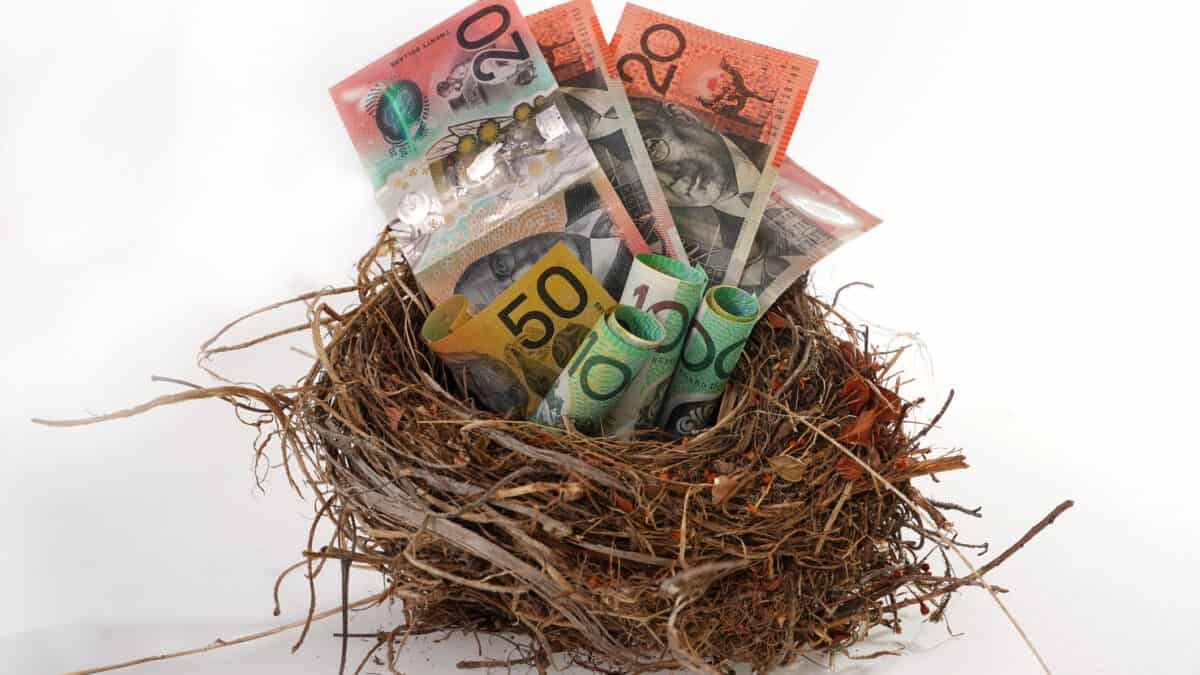Superannuation is the key asset for driving future prosperity for most Australians, according to research by Findex. Reaching $1 million in retirement may sound like a monumental task, but it is possible for many Australians.
Findex research showed that three in five (59%) Aussies believe they will need at least $750,000 in superannuation, including more than two in five (42%) who believe they will need at least $1 million.
Becoming a millionaire is an appealing target, so let's consider how it can be done.
Superannuation contributions
Australia's superannuation set-up is viewed as one of the best retirement systems in the world. One of the elements that makes it so strong is the mandatory contributions employees receive.
Generally, all workers should receive superannuation payments, regardless of whether someone earns $2,000 a year working part-time or $200,000 a year full-time from a high-paid salary.
In the current financial year (FY24), from 1 July 2023 to 30 June 2024, workers should receive superannuation payments equivalent to 11% of their earnings, according to the ATO. In FY25, for the year to 30 June 2025, the superannuation payment will increase to 11.50% of earnings. The superannuation payment will then rise to 12% of earnings in FY26.
Everyone earns different amounts, so I'll use the average Australian's earnings to illustrate the size of their superannuation contributions.
According to the Australian Bureau of Statistics (ABS), in November 2023, the average weekly total earnings for all employees was $1,431.10, or $74,417.20 annually, if we multiply that figure by 52 weeks. Full-time workers earned an average of $1,886.50 per week, but I will use the lower figure in my calculations.
Considering superannuation contributions will soon be 12% of earnings going forward, I'll use that for my calculation.
Contributions equating to 12% of $74,417.20 result in an annual net amount of $7,591 after the 15% tax on contribution amounts.
Let's look at how much those contributions can grow over the long term.
Compounding
Albert Einstein once reportedly said that compounding is the "most powerful force in the universe. Compound interest is the eighth wonder of the world. He who understands it, earns it; he who doesn't pays it."
Starting with an investment balance of $0, if someone's net superannuation contributions were $7,591 a year to their retirement fund, and the fund generated returns of 9% per annum, it would become worth $1.03 million after 30 years. A 35-year-old could reach 65 with a very commendable nest egg.
Of course, there are many variables. For starters, I assumed a $0 starting balance – I expect most people reading this article have more than $0 in their superannuation fund.
The superannuation fund could produce more substantial returns than 9% per annum over time, particularly if the money is allocated to investments that could deliver stronger long-term returns, such as (international) shares rather than cash or bonds. Tax on superannuation earnings will have a negative effect, though it's hard to calculate at this stage.
I haven't accounted for any wage growth over that period, and plenty of full-time workers earn more than $74,400 annually.
However, I'll also acknowledge that not everyone works full-time every year between the ages of 35 and 65, but the above example shows what can happen.
Foolish takeaway
I believe a full-time worker can reach $1 million in retirement, especially if they earn more than average or make additional superannuation contributions beyond the minimum required.
In my opinion, growth shares are the best asset for compounding wealth to a satisfying amount over the long term.









